Review by: “Charlie” from The Little Audiophile
The Sennheiser HD4.40 (HD4.40) is a wireless headphone (can work with a wire too) that was designed as a daily driver with portability and battery life in mind. Priced roughly around $100, the HD4.40 is no doubt one sleek-looking, feature-packed piece of audio equipment with futuristic angles and a no-nonsense matte black finish.
But does it perform as good as it looks? Only one way to find out… 🙂
- Excellent build quality
- Ease of pairing
- Long battery life
- Forgiving sound signature
- Easy to drive in wired mode (though it will benefit from amping)
- Ear cups were too small for me
- Vocals sound a little wonky
- Cable from hell
- Headband is too “twistable”
- Headband height adjustment not clicky enough
THE BOX
The Sennheiser HD4.40 comes in a rectangular black box with the Sennheiser branding on it, along with other specs and information around the back and sides. Nothing fancy about the box, just plain old practical. Open the bottom and you can slide out the transparent plastic holder that contains everything Sennheiser decided to throw into the box with the HD4.40.
Inside the box, you will find
- a micro USB to USB cable for charging,
- a proprietary 2.5 mm to 3.5 mm cable,
- a soft carrying pouch,
- some warranty information
- and lastly the headphone itself.
The layout is honestly well thought out and you would not risk damaging the headphones during the unboxing process.
BUILD AND DESIGN
Housing
When I first laid my grubby hands on the headphones, I was immediately impressed by the choice of materials that Sennheiser HD4.40 had used. Solid, well-finished plastic for the main ear cups with easy to operate buttons for pairing, volume control and “call and track” control. Each button has a different shape and size, so through touch, you are able to quickly identify and remember what each button does after a few days of usage.
The ear cups swivel mechanism only allows a slight x and y-axis adjustment – only enough to conform to the different head shapes and sizes. The swivel joint is robust and sturdy which does not feel cheap in any way. No complaints here. The headphone is also easily collapsible which allows for compact storage when you are not using them.
The headband is where I feel Sennheiser could have done a better job. Yes, no doubt the headband is well made and is sufficiently padded, but in my experience, the headband (sometimes) does not sit perpendicular across the top of my head, which is honestly quite OCD-inducing. The sheer thinness of the headband allows it to twist excessively which I personally do not like.
One last complaint I have about the headband is the clickiness (or lack thereof) of the height adjustment system. The lack of tactility meant that I often overshot the number of “clicks” from my desired setting.
Battery
Battery life on the HD4.40 is wonderful. I have gotten well over 20 hours of play-time and the battery has not given up yet. Throughout my usage of the wireless mode, there is no noticeable heat emission from the battery and the headphone housing remains cool to the touch. When plugged into a 2A charger, charging only takes slightly over 2 hours to charge from zero to full. Do note that using a “Quick-Charge” charger will NOT improve charging time.
Cable
Thank God this headphone is wireless capable… The detachable cable on the HD4.40 is sub-par in my opinion. The 3.5 mm jack looks very fragile and has no strain relief. The L-shaped plug looks far too thin and long (horizontally).
Though I certainly have not done a “stress test” on the jack, I believe users should handle this jack with special care. The provided cable is of the flat type and does not tangle very easily. The 2.5 mm connector takes quite a fumble to insert and lock, though you will remember the angle to insert after a few insertions.
Comfort
The ear cups are thick, plush and well padded which puts minimal pressure on the head. I personally have average-sized ears and in my opinion, the ear cups are a tad too small as it touches all around the contours of my ear. This can get a little warm and irritating after wearing it for an extended period of time.
This ear cup size might work for you if you have smaller ears, but nonetheless, it would be great if Sennheiser had provided a variety of interchangeable ear cups to cater for different ear sizes.
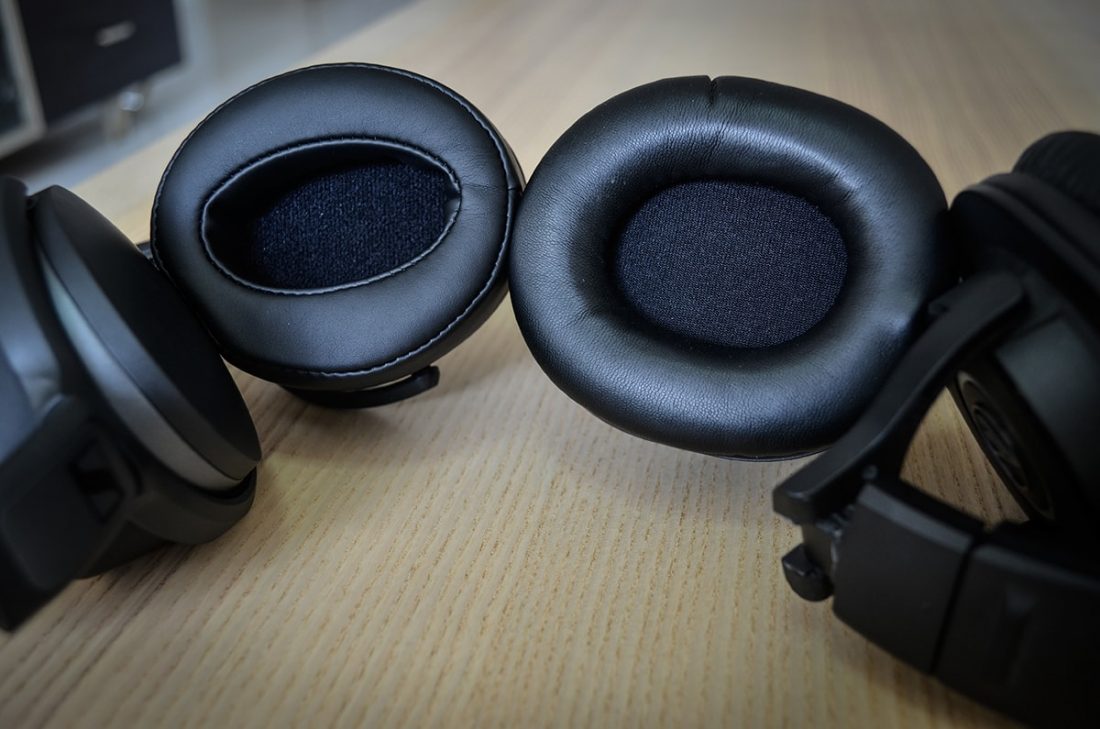
SOUND QUALITY
The Sennheiser HD 4.40BT Wireless was tested against my Audio Technica ATH-M40x which carries a relatively flat tuning. The wireless mode was used for the purposes of this review. I used my Astell & Kern AK Jr for the music source.
The HD4.40 carries a V-shaped sound signature with an elevated mid-bass warmth and is definitely leaned towards musicality than technicality. Or so it tries…
Soundstage is very compressed with equal (or lack thereof) scale of depth and width. Instrumental separation, in turn, is not impressive and layering is “meh”. But yet again, this is a common trait in closed-backed headphones so I won’t be too harsh in this department. Ed Sheeran’s live recording of “Parting Glass” sounded claustrophobic, to say the least.
Bass
Starting off, the sub-bass extension on the HD4.40 is fantastic. It reaches low into the low frequencies, while not sounding overpowering or excessively boomy. Mid-bass is definitely elevated above the sub-bass, but is tight and controlled and only muddies the lower-mids slightly. The bass is perfect in my opinion and is very well balanced with the treble. Bassheads should stay away from this headphone as it does not have that punch, that “oompf” that bassophiles desire.
Mids
First thing I noticed was how the lower-mids were more recessed than upper-mids. There is some muddying from the bass region and vocals are a train wreck in my opinion. Geez man… male vocals sounded nasal and lack clarity.
One of my favourite songs – “Layla” by Eric Clapton from the album “Unplugged” was atrocious on the HD4.40. Female vocals, however, does not sound nasal and sounds more natural, although it can sound a little shouty on certain tracks. Guitar strums are not particularly crunchy and somewhat takes on a back presentation.
Trebles
Easy – that’s how I’d describe the trebles on the HD4.40. Lower-trebles sit on the same level as the upper mids, thus the trebles can be described as neutral. Trebles are airy sounding and smooth, without any noticeable sibilance or obnoxious peaks. The extension is good and rolls off fairly late and trebles are well detailed.
Wired Mode
On wired mode, the sound signature is generally the same as listening to it on wireless mode, except the mid-bass is more punchy and that the trebles have more of a “positive gradient” whereby the upper-trebles sit slightly above the lower-trebles. I did not notice any difference in the mids.
PAIRING
The HD4.40 pairs best with neutral or bright sources in my experience as it would not add extra bloat to the bass. When using it in wired mode, using an amp (Q1 MKII in my test) does help to bring out more dynamics in the music. In fact, the difference is quite substantial.
Pairing through NFC is flawless in my test. It was a simple as tap and pair. No setup or any mumbo-jumbo needed. While paired with my Sony Xperia XA1 via Bluetooth, a good connection was maintained even when the headphone was over 5 meters (without obstructions) from the phone.
SETUP USED
Oh yes, if you were wondering what setup I used for the testing and review, it was an Astell & Kern AK Jr (DAP) hooked up to a Fiio Q1 MKII (as Amp) through a custom-made Q Cables Copper Litz interconnect!
Technical Specifications:
- Driver: 1 x Dynamic driver (each)
- Impedance: 18 ohms
- Frequency Response: 18 – 22,000 Hz
- Sensitivity: 113dB
- Connector: 2.5 mm detachable cable (with twist-lock)
More information at Sennheiser Official Website.
CONCLUSION
Okay. Here’s the deal. The Sennheiser HD4.40BT Wireless is no doubt a very well built headphone, but with a few make or break caveats. The ear pads, though sufficiently padded, were too small for me and it is uncomfortable to wear for long hours. The underwhelming mids were another killer for me as I am more of a “vocals” person.
Nonetheless, this headphone with its V-shaped sound signature is perfect for Pop or EDM music. The portability and connectivity definitely value-adds to this headphone. So, to end off I’d say this headphone is great for out and about use – the daily commute to work, to school, etc. But if you are planning to get this headphone for home use, I highly recommend you look somewhere else. Thanks for reading, stay safe and keep listening!
Check Price: Sennheiser HD4.40BT Wireless
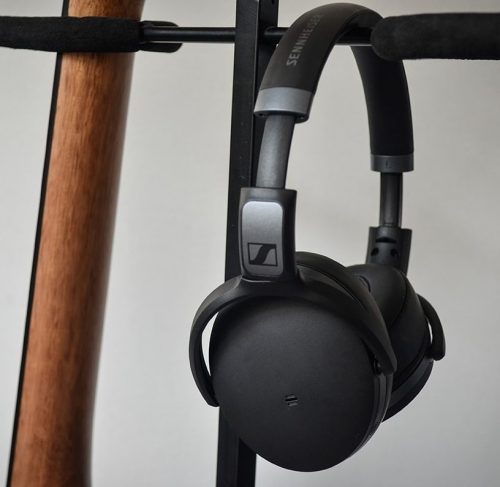
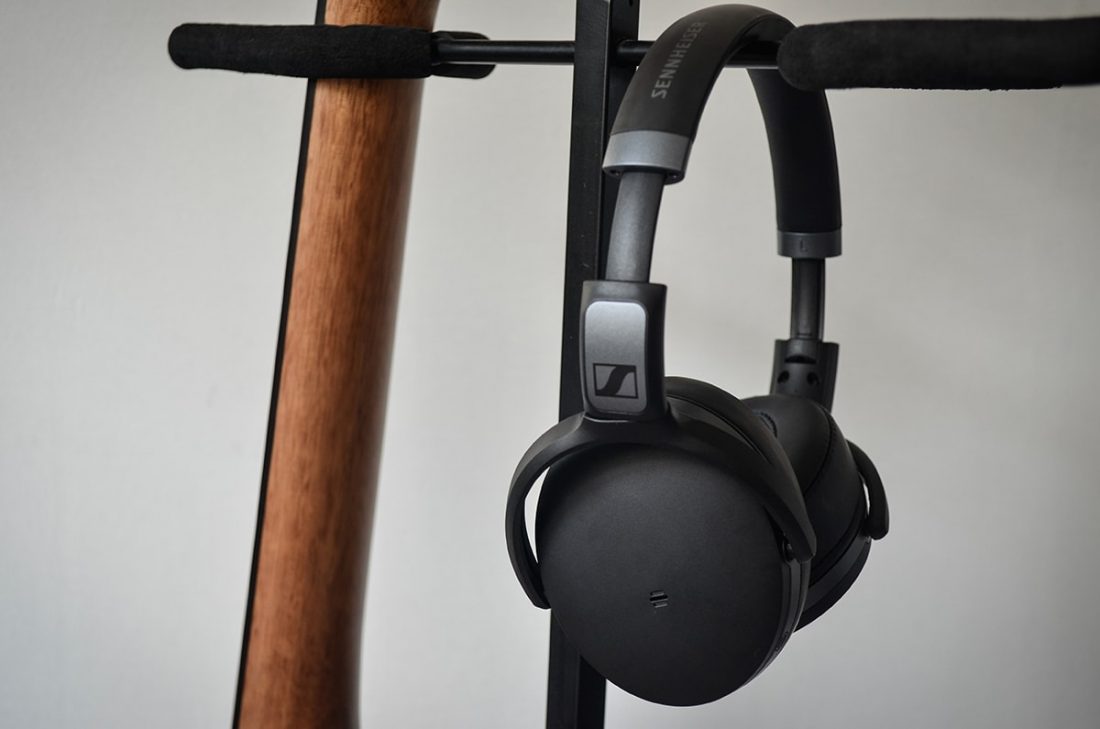
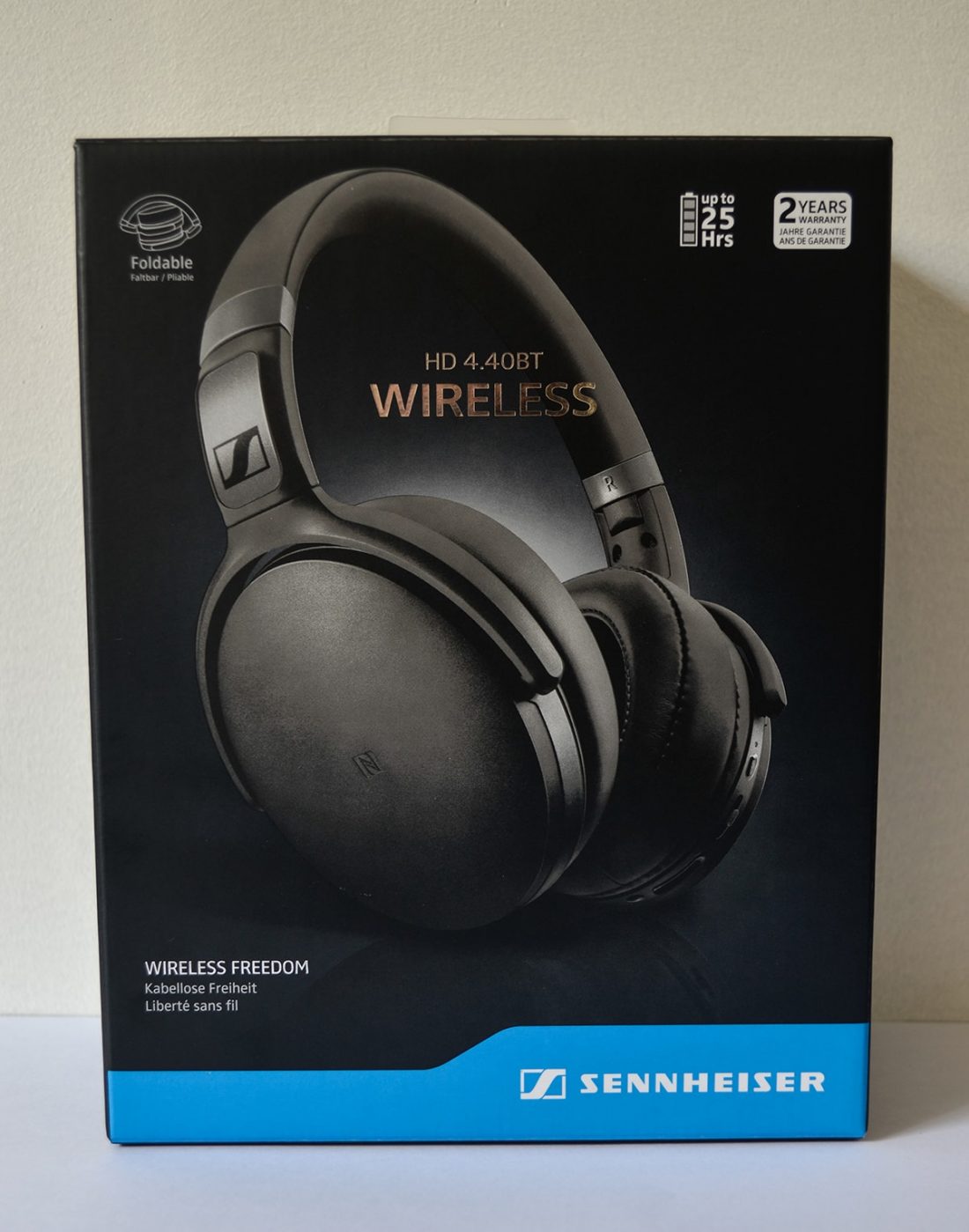
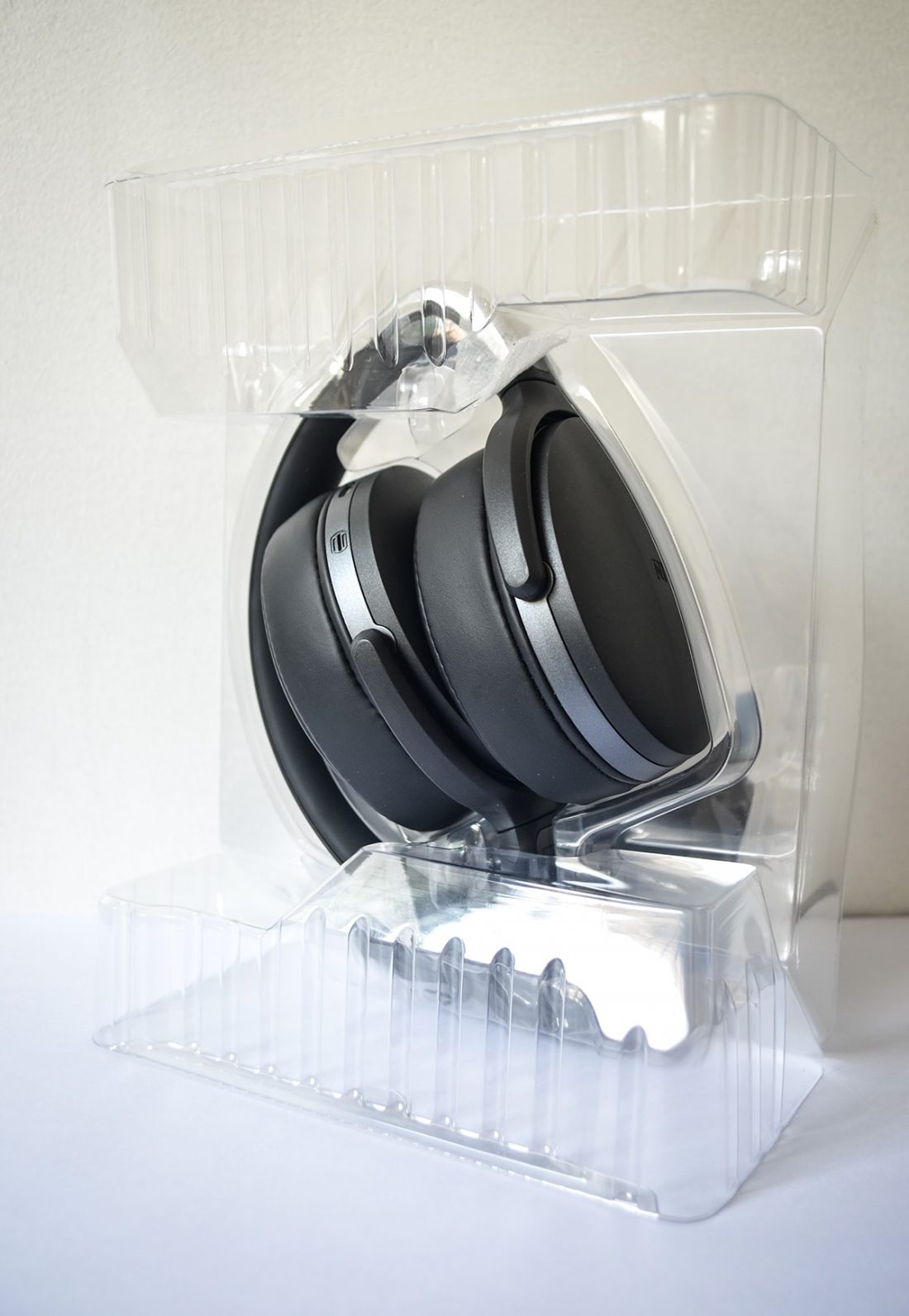
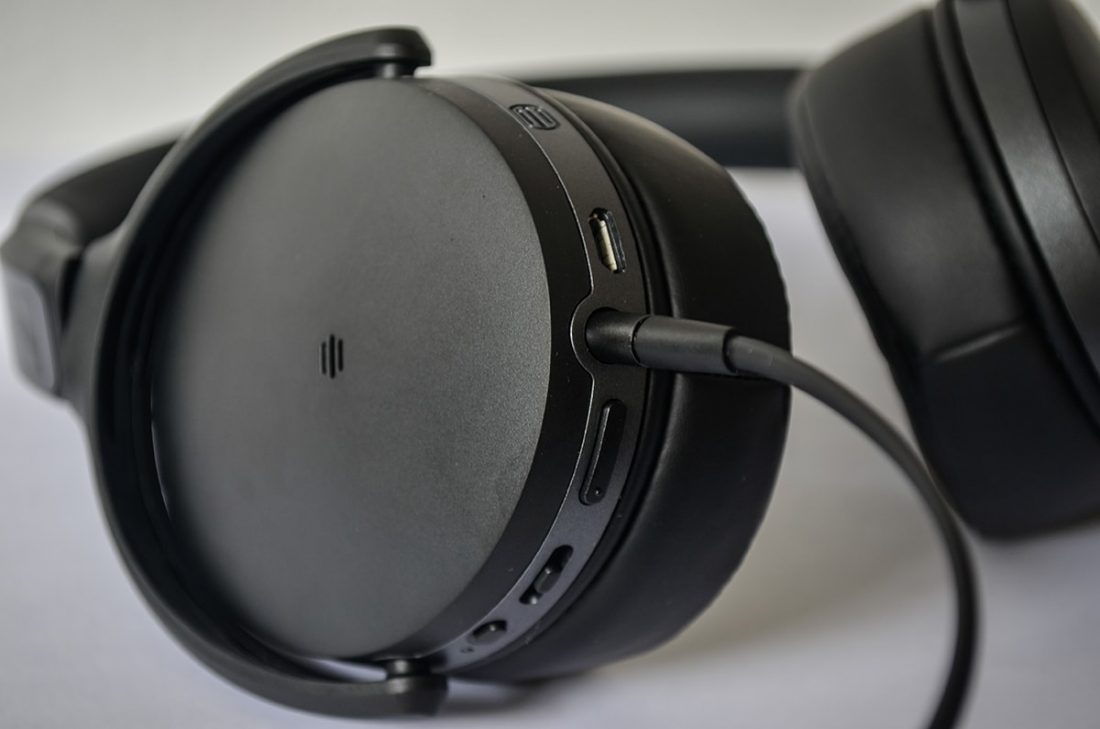
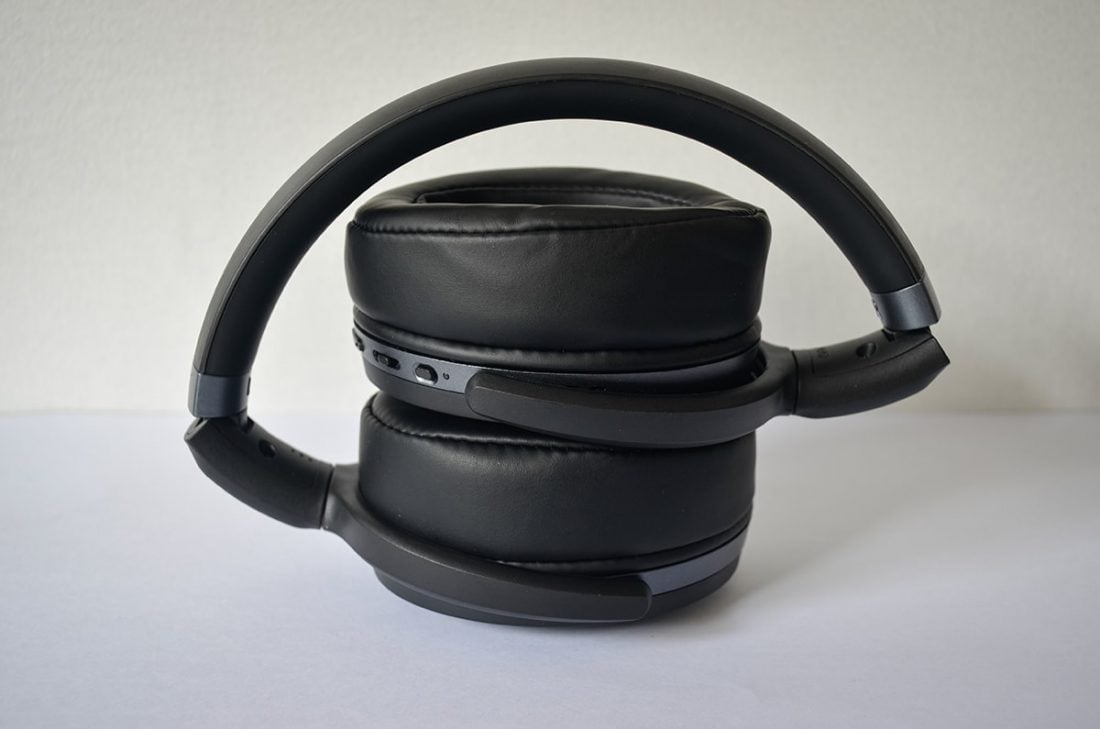
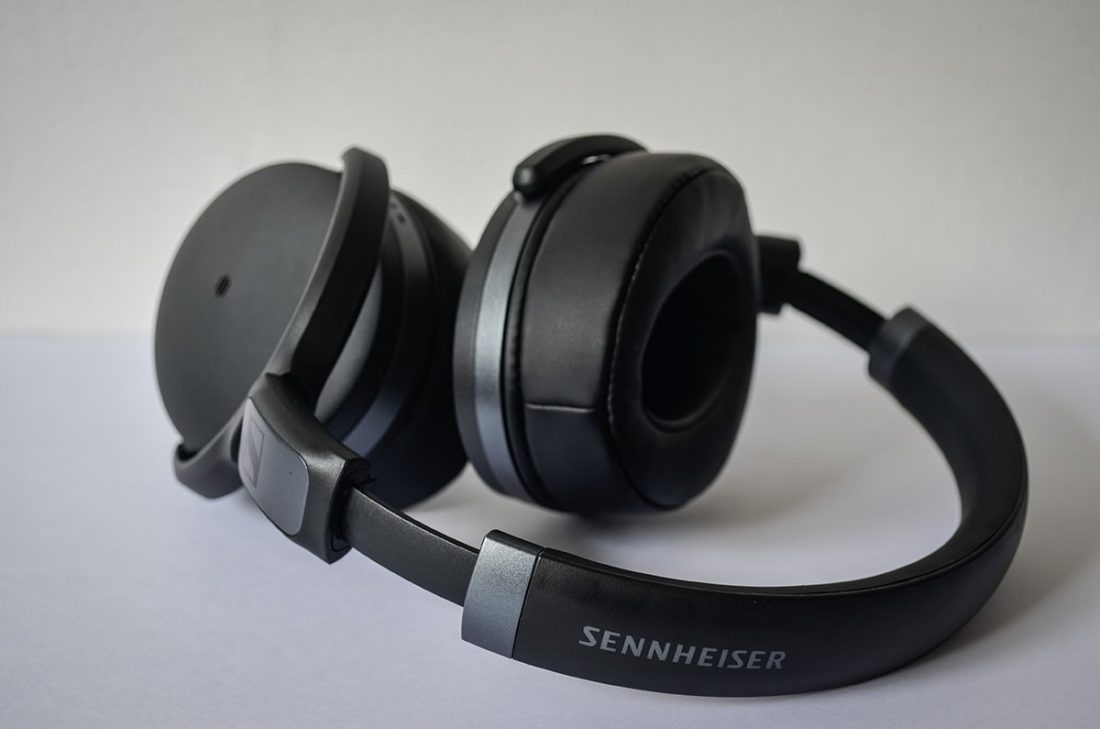
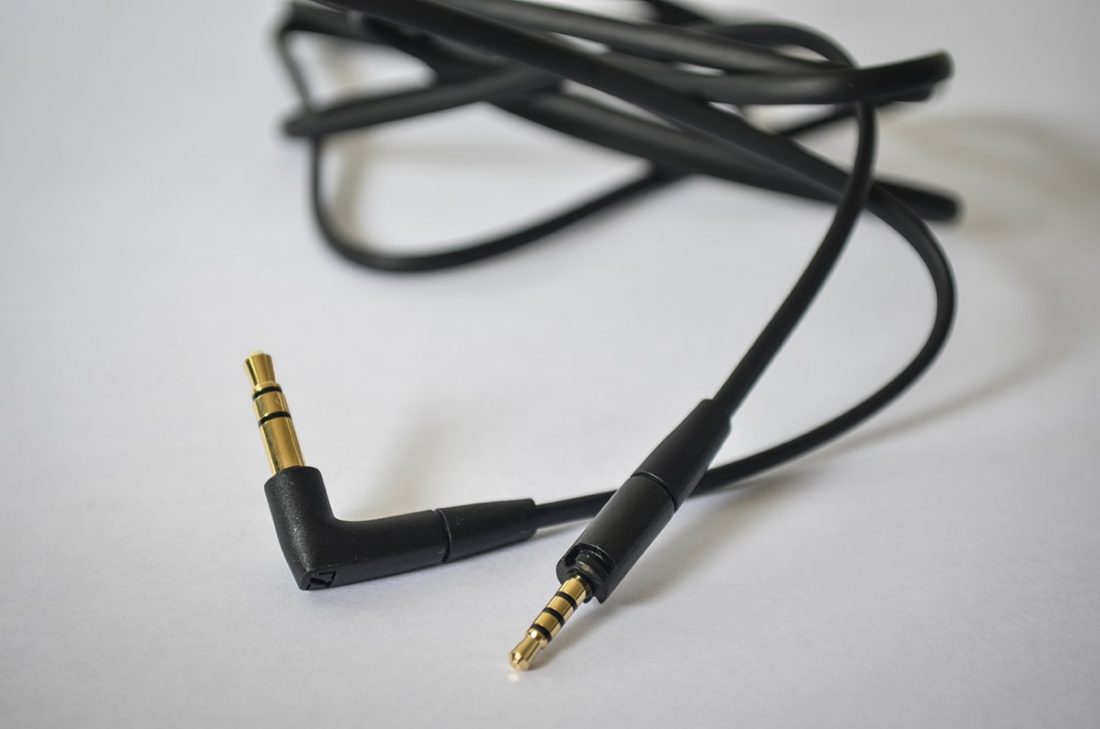
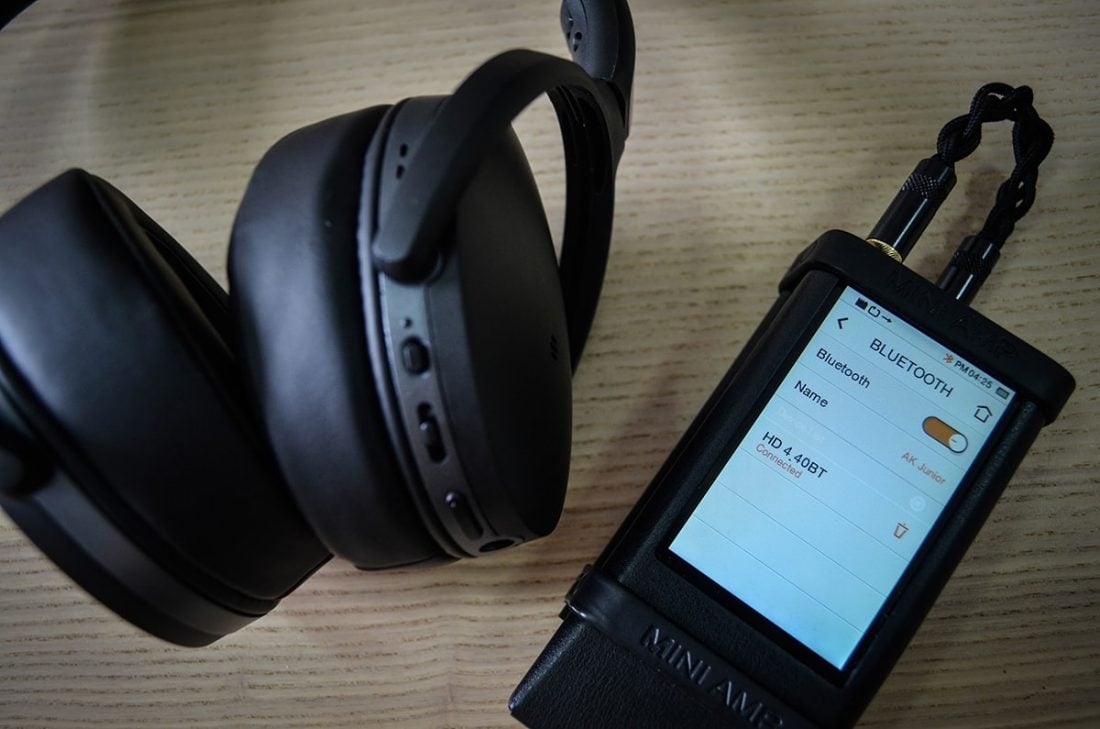
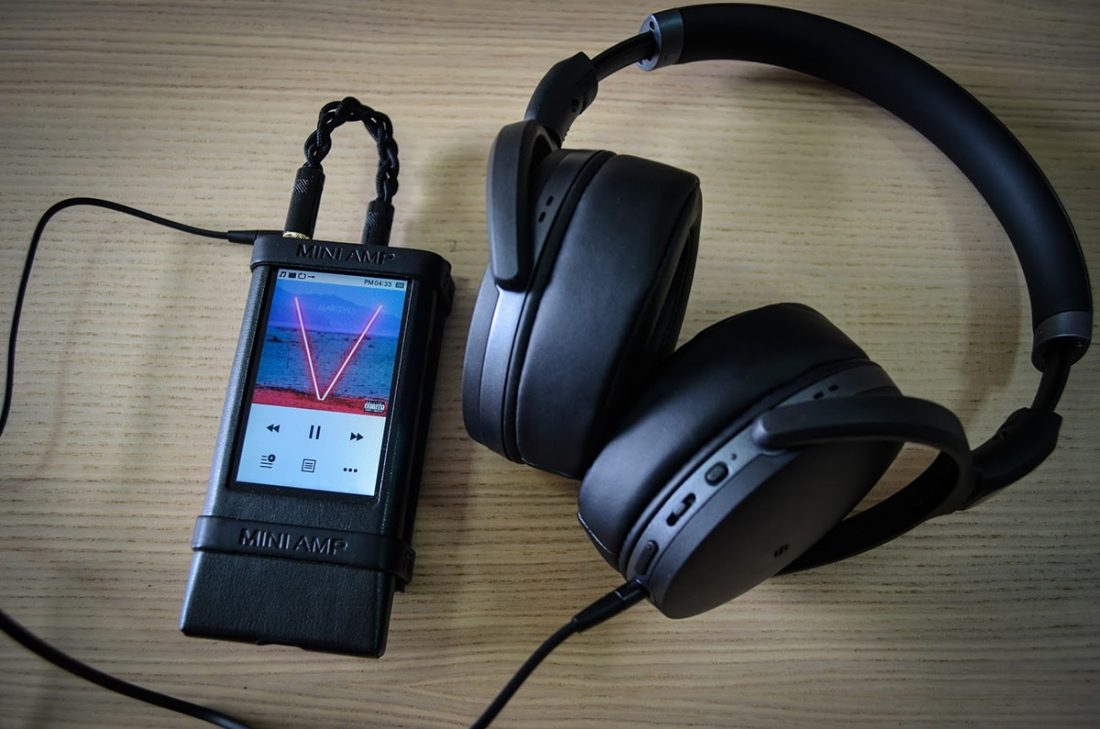
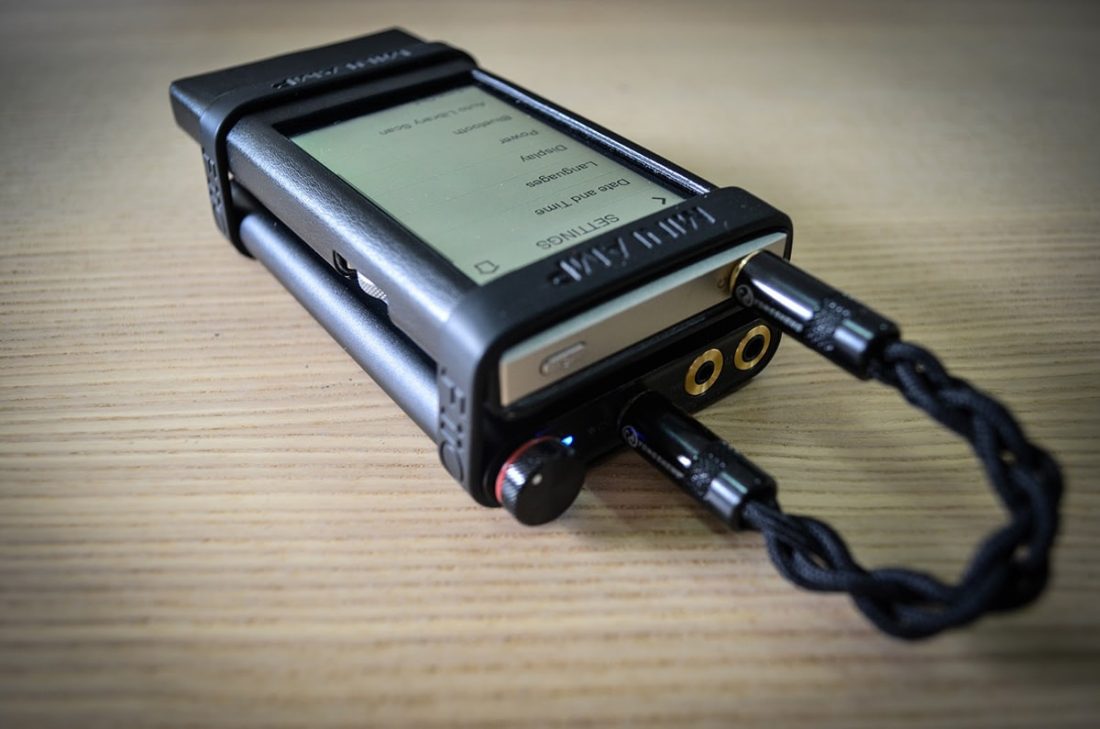
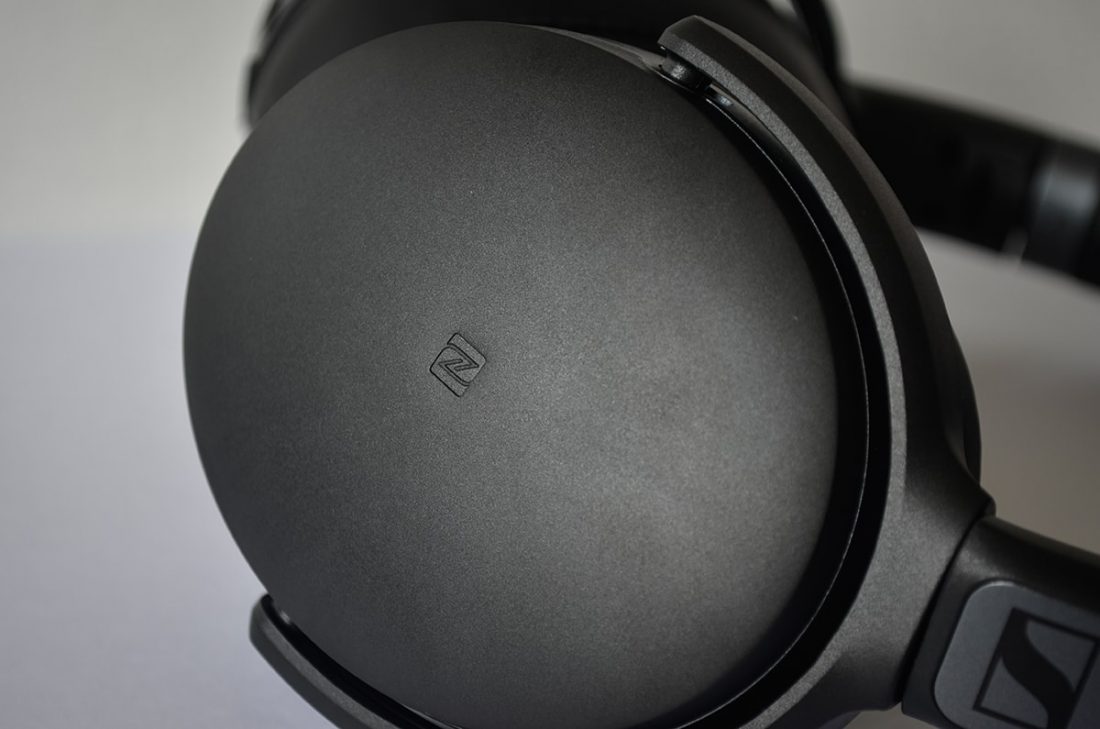
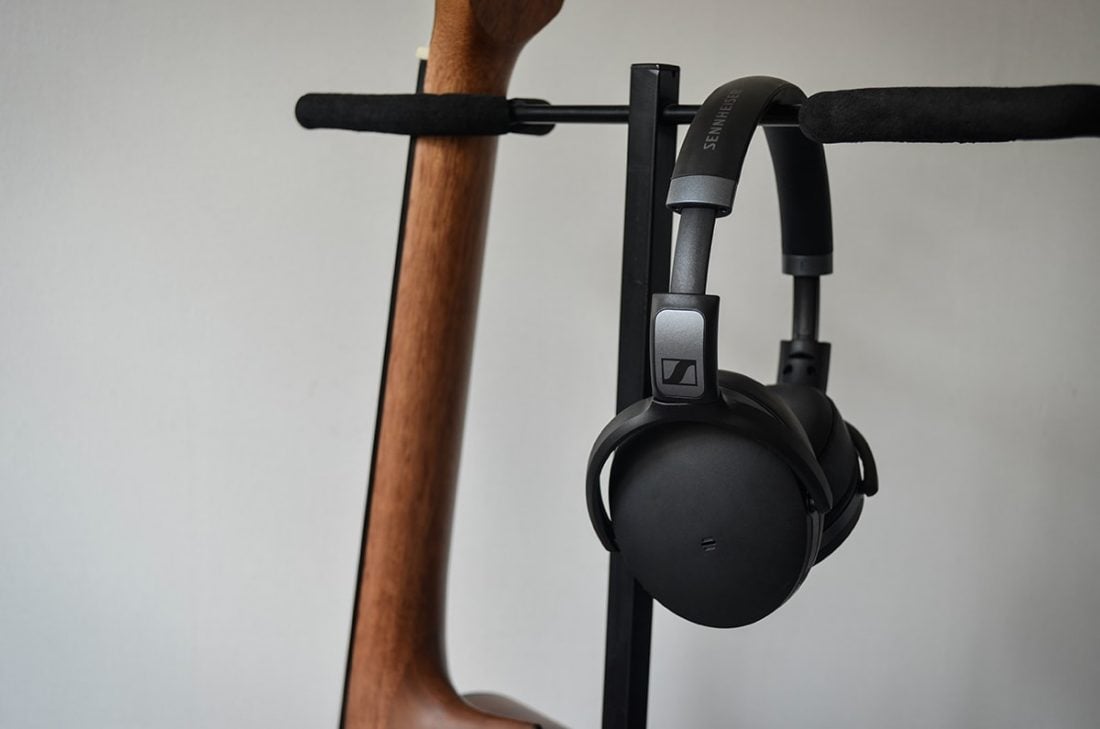
Great review but you didn’t compare them to Audio Technica M40x..
viktor yo same name
Okay, so what would you recommend in the under $200 price bracket? Home use for rock, blues, non-pop…..
The average ear fits in perfectly, the dude reviewing this must have elephant ears. Absolute outliar the ears fit so well and I’ve fairly big ears myself
It’s not true at all that these headphones sound the same via bluetooth and wired. Headphones need to burn in first for some time before you can tell how they actually sound. And these headphones are one of the best that you can buy for the price (although they are not produced anymore). I’m still amazed how good they sound every time I’m listening. I’m using them with CA DAC MAGIC.
Burning headphones is a myth.
Excellent assessment; specificity is most beneficial when manufacturer’s target demographic (for every model) isn’t the priority or absolute.
bravo!